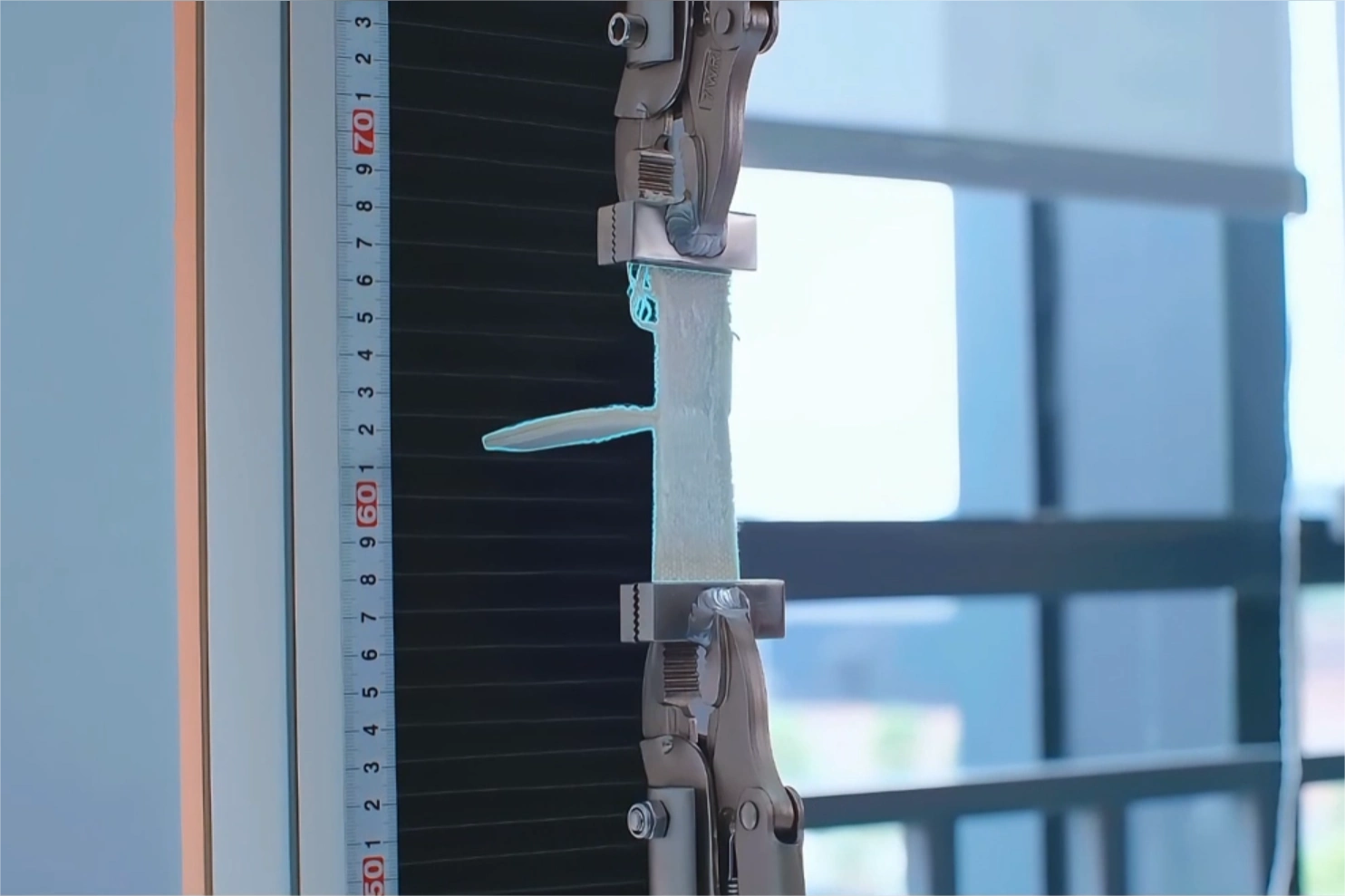The peeling test process is vital for evaluating adhesive strength between bonded materials. It plays a crucial role in industries like packaging, electronics, and automotive. Understanding this process can enhance product quality and performance.
Peel testing systems measure the force needed to separate materials. These systems consist of key components and parts, including a test frame, load cell, and grips. Accurate testing requires precise calibration and setup.
Different types of peel testing methods exist, such as 90-degree, 180-degree, and T-peel tests. Each method offers unique insights into adhesive performance.
What is the Peeling Test Process?
The peeling test process assesses how well two materials stick together. It is crucial for determining adhesive performance under different conditions. The test results guide improvements in product design and material choice.
During the peeling test, a sample is peeled to measure required force. The results indicate adhesive bond strength and potential weaknesses. This helps identify problems before they occur in real-world use.
Key steps in the peeling test process include:
Preparing the sample
Setting up the equipment
Conducting the test under controlled conditions
Key System Components and Parts of a Peel Testing System
A peel testing system consists of several essential parts. Each component plays a pivotal role in obtaining accurate results. Knowing these parts helps in maintaining and operating the system effectively.
The main components typically include:
Test frame
Grips for holding samples
These components work in harmony to deliver precise measurements. The load cell detects the force applied during the test. Grips secure the sample, preventing slippage or distortion.
Each part must be calibrated correctly for reliable tests. Proper maintenance ensures consistent performance over time.
Types of Peel Testing Methods
There are various types of peel testing methods available. Each method caters to different testing requirements and material characteristics. Understanding these methods is essential for selecting the right test for your needs.
Common types of peel testing include:
90-degree peel test
180-degree peel test
T-peel test
The 90-degree peel test involves peeling at a right angle. It helps in evaluating adhesive strength under specific conditions.
The 180-degree peel test is more comprehensive. It peels the material back onto itself, thoroughly assessing adhesion.
T-peel tests are ideal for flexible materials. They measure the force needed to separate two bonded layers, providing key insights.
Step-by-Step: How a Peel Adhesion Test is Performed
Performing a peel adhesion test involves several important steps. Each step ensures accurate and reliable results. Understanding this process can help in effective test execution.
Begin by preparing the test specimen. Proper preparation is key for obtaining valid results. Ensure the specimen meets the necessary testing standards.
Next, set up the testing machine. The setup includes configuring grips and calibrating the load cell accurately. Precise calibration is essential for measuring force correctly.
Conduct the test under controlled conditions. Maintain consistent speed and environment for best results. Record data for analysis using specialized software.
Prepare the specimen
Set up the testing machine
Calibrate the system
Conduct the test
Record and analyze data
Why Peel Testing Matters in Quality Assurance
Peel testing is a critical component of quality assurance. It helps identify weak adhesive bonds before they fail. This ensures product safety and reliability in real-world conditions.
By understanding peeling strengths, manufacturers can enhance product design and material selection. This leads to improved durability and performance. Proper peel testing is vital for maintaining high standards in product development.
Only After Testing Can it be Considered a Reliable Glue
Selecting the right peel testing system is essential for accurate results. Consider the materials you test and the conditions they face. Different testing methods suit different materials and applications.
All of Heley’s adhesives go through this sophisticated instrument to test their adhesive properties. This is one of the most commonly used testing methods by manufacturers. By doing so, you ensure reliable and valuable insights into adhesive performance.

